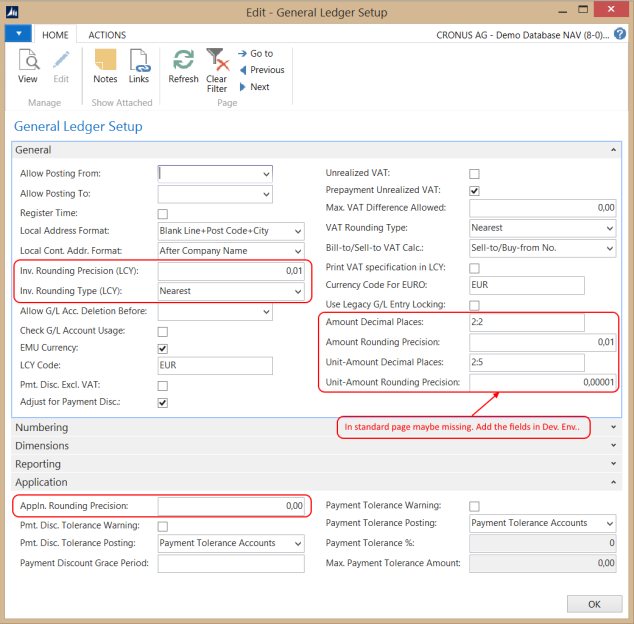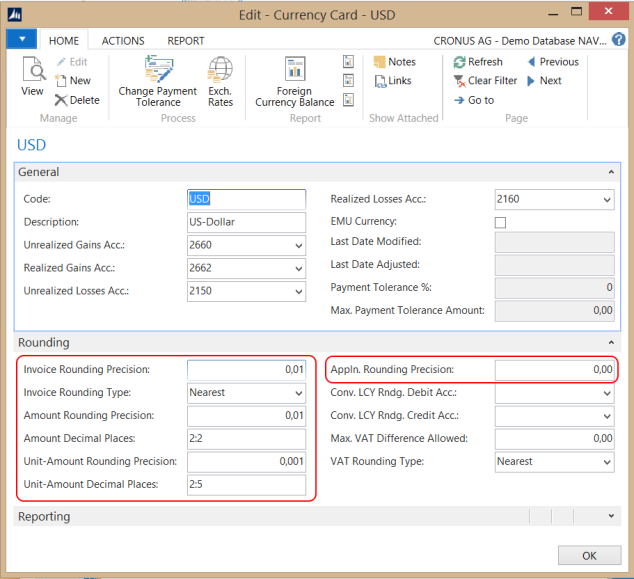 Localizations for specific countries are quite often an issue. Microsoft provides only a couple of localizations: Australia, Austria, Belgium, Canada, Denmark, Finland, France, Germany, Great Britain, Iceland, India*, Italy, Mexico, Netherlands, New Zealand, Norway, Russia*, Spain, Sweden, Switzerland, United States.
Localizations for specific countries are quite often an issue. Microsoft provides only a couple of localizations: Australia, Austria, Belgium, Canada, Denmark, Finland, France, Germany, Great Britain, Iceland, India*, Italy, Mexico, Netherlands, New Zealand, Norway, Russia*, Spain, Sweden, Switzerland, United States.
* The supported countries can differ between the Nav versions.
The complete lists you’ll find here.
For countries, where there is no localization, best start with Dynamics Nav W1 version. This is the base version of Dynamics Nav, contains no localization at all. So it can be used in every country, but needs a couple of customizations according to national laws, e.g. changes in the accounting/finance area, new and customized reports a.s.o. Additional you’ll may need a new language layer. For that look for a Nav partner located in your region, start with Pinpoint.
Following a list of Nav Partners, who have developed additional localizations. This list will be periodically updated:
Europe:
- Slovenian Nav Partner Business Solutions d.o.o., also known for their great Permission & Role Wizard for Nav 2009, has developed Nav 2013 localizations for following countries: Slovenia, Croatia, Serbia, Bosnia and Herzegovina, Montenegro, Macedonia, Kosovo. Included are additional functionalities and tools. They provide the localizations in 3 packages: basic, extended, integrated. Maybe they also have developed localizations for the newer Nav versions. If you need it, contact them directly.
- Adacta group: localization for Slovenia, Croatia, Serbia, Macedonia and Montenegro.
- Effekt: located in Athens, developed greek localization at least for Nav 2013.
- IT.integro: localization for Poland. thx to daniele rebussi for the hint.
- Awara IT Solutions: localization for Russia, especially for the accounting/finance area.
- Multisoft: localization for Hungary.
- Alna: localization for Lithuania. Alna is active in Lithuania, Latvia and Poland.
- EDPA: localization for Latvia
- CDL.System: Czech localization
- Autocont CZ a.s.: localizations for Czech Republic and Slovakia
- Wbi: localization for Slovakia
- Intelligent Systems: localization for Bulgaria
- Team-Vision: localization for Bulgaria
- Infotekas: localization for Turkey. Nav versions 2013 R2, 2015, 2016 in development.
- Softstore / Link Consulting: localization for Portugal
Americas:
- Cadia Consulting, located in Sao Paolo, developed a brazilian localization.
- Master Consulting Group: localizations for LATAM, Peru, Ecuador, Colombia and Bolivia. They are also developing localizations for Chile and Panama.
- Voxa: localization for Argentina
- Grvppe: localization for Brazil
Asia:
- PT SME Solution, located in Jakarta, Indonesia, developed an indonesian localization at least for Nav 2013.
- PBC and Tectura Korea: localization for China.
- PBC also developed a localization for Japan.
- Ibizcs: localizations for Singapore, Malaysia, Thailand, Indonesia and China. Provided Nav versions: Nav 2009, 2013, 2015.
- Naviworld: localizations for Vietnam and Thailand.
- Arvato Systems developed a localisation for China
For Nav Partners, who want to develop a localization, they can start with the Microsoft Dynamics Localization Portal – Microsoft Dynamics NAV. They will be assisted by Microsoft (documentations, country specific legal stuff, …).
cheers




 Localizations for specific countries are quite often an issue. Microsoft provides only a couple of localizations: Australia, Austria, Belgium, Canada, Denmark, Finland, France, Germany, Great Britain, Iceland, India*, Italy, Mexico, Netherlands, New Zealand, Norway, Russia*, Spain, Sweden, Switzerland, United States.
Localizations for specific countries are quite often an issue. Microsoft provides only a couple of localizations: Australia, Austria, Belgium, Canada, Denmark, Finland, France, Germany, Great Britain, Iceland, India*, Italy, Mexico, Netherlands, New Zealand, Norway, Russia*, Spain, Sweden, Switzerland, United States.
